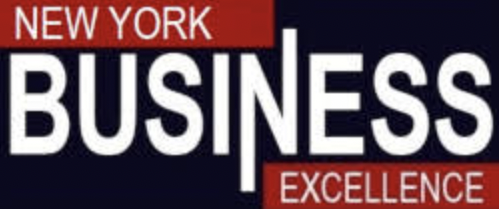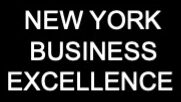Not enough orgs are improving workers’ wellbeing. Why? And, what’s next?
Sense
Workforce wellbeing remains a hot topic in C-suites1 and workplaces around the globe, yet many organizations continue to focus on simply adding new benefit programs (e.g., technology-enabled point solutions and aggregators) to support the workforce. This is a traditional reaction to an unexpected disruption—treating the symptom and not the root cause. Unfortunately, shifting expectations around work and the workplace are causing burnout and other barriers to worker wellbeing at unprecedented levels, and there is no “silver bullet” benefit program that can fix it all.
While expanded program offerings can be helpful (especially when they are driven by specific sentiment expressed by the workforce), pioneering organizations look beyond programmatic support and focus on building wellbeing into the work itself. Take the five-day workweek, for example. Once viewed as a foundational element of the work experience, many organizations have begun to experiment with shortening the five-day workweek to four, and the results have been positive: Workers have more time to rest and recover, absenteeism and resignations are down, and reduced commuting time and other outcomes support environmental health.2
Leading organizations over the past two years went even one step further and looked at workforce wellbeing as an organization, team, and individual responsibility. Those organizations also set goals and built measurement criteria to drive ownership and accountability for wellbeing.
Analyze
Deloitte’s 2023 Global Human Capital Trends survey continues to acknowledge the importance of embedding wellbeing throughout the workforce experience, especially in the following ways3:
- Experimenting with not just where but how work should be done. To get there, monitor satisfaction with hybrid and remote work models within your workforce and remain agile to the needs of the work and the workers.
- Harnessing worker agency by finding ways to leverage worker motivation and co-creation to drive mutual benefits for worker and employer.
- Using technology to automate and augment in ways that encourage humans both to be their best selves and to do better work.
While these observations, collected across 10,000 responses from 139 countries across the globe, underscore the role organizations can play in defining and enabling workforce wellbeing, many continue to struggle to create meaningful impact at the team and individual levels.
Act
Moving forward, consider some ways organizations can better support workers:
- Increase the frequency of workforce sensing. Continuously engage the workforce to better understand their unmet needs and expectations related to wellbeing. Help them develop a plan to prepare for eventual stressors (versus reacting to them).
- Lead by example. Educate leadership and people managers on how to demonstrate wellbeing behaviors in positive and supportive ways. For example, there’s a difference between leaders stating the importance of disconnecting from work and actually demonstrating it by visibly taking paid time off and role-modeling the right behaviors and protocols that allow for full recovery while empowering others to thrive in their absence.
- Broadcast workers’ options. Workers should know what’s available and how it can help. Centralize and communicate all of the wellbeing support that is available to workers (and their families) and highlight success stories in “refresher campaigns” so workers are reminded of the valuable support that is available.
- Iterate and improve. Continuously measure, assess, and, when necessary, revise your strategy and approach to supporting workforce wellbeing. This does not simply mean the inclusion of new programs to meet new challenges. Rather, it means creating an environment where your workforce feels comfortable bringing their full and authentic selves, and then crafting strategies and supporting behaviors to help address challenges.4
- Make it a core value. The shift from talking the talk to walking the talk is crucial in transforming the organization’s culture and integrating wellbeing into its DNA. Workers—in particular, Millennials and those in Gen Z—are paying close attention to the mission, purpose, and values of their employers. Being branded as an organization that authentically practices wellbeing requires wellbeing to be engrained in its values.5
About the Author
Michael Gilmartin is a Senior Manager in Deloitte Consulting’s Human Capital practice. With more than 20 years of human resources and employee benefits experience, Michael works with large clients on their rewards, recognition, and wellbeing plan and program strategy, design, delivery, and administration, all through the lens of maximizing plan and program impact, empowering worker engagement, and driving sustainable performance. He is one of the leaders of Deloitte Consulting’s Workforce Wellbeing point-of-view and advisory services in the United States.


